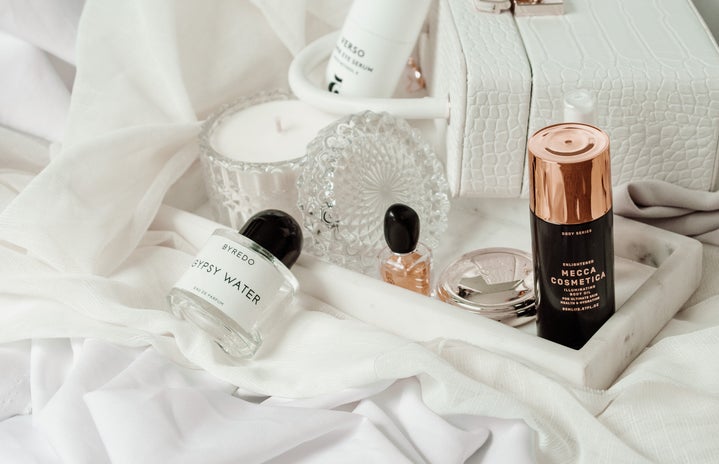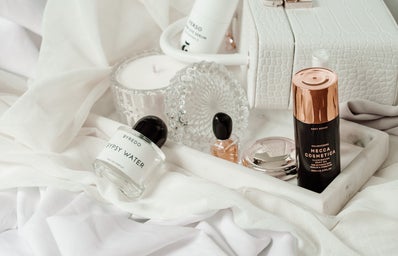After noticing a decrease in women’s self esteem that comes from exposure to unrealistic photos of models, American Eagle’s sister company, Aerie, launched a campaign featuring models as themselves, instead of an unrecognizable and photo shopped model.
Retouching can be as simple as changing the lighting or removing a pimple, or it can be as drastic as shifting body parts around such as a hip or the neck.
Aerie, however, decided to leave the models “flaws” on display. Stretch marks, beauty marks and tattoos were left in plain sight.
“I do like to see slight retouching on my flaws, sure, but the beauty of the Aerie campaign is that all of my flaws are out there,” said Amber Tolliver, Aerie model in the #AerieReal campaign.
With Aerie’s prime audience of women aged 15-21, they saw something had to be done. They did not want to continue promoting unrealistic standards to their customers.
Aerie brand representative Jenny Altman said in a Good Morning America interview Aerie is hoping to break the mold with the campaign. They want girls to embrace their own inner beauty just like the models in the campaign.
Junior cell biology and molecular genetics major Anna Hemingway used to work at American Eagle and described the type of customers shopping at the store as regular, everyday women, not models.
“I think the campaign is such a good idea because it sends a new message to young girls who are just discovering their sexuality that “sexy” does not equal ‘Victoria’s Secret model’…I think this campaign sends that message loud and clear, and I think its something that young women everywhere need to hear,” Hemingway said.
The Aerie campaign is similar to The Dove Campaign for Real Beauty campaign, which features women “outside the stereotypical norms of beauty,” as Dove says. The campaign began in 2004 and is still going strong today.
Dove released results in 2011 of their biggest global study on women’s relationship with beauty and found that only 4% of women believe they are beautiful.
Sophomore letters and sciences major Shannon Corrigan is not surprised by the results because she says social media has a strong influence on women of all ages about what the ideal body should look like.
“I started following Aerie on Instagram because of the campaign and their posts helped me remind me that models are women just like me! I am a regular college girl and there is no reason I should be expected to look like a model on the New York runway,” Corrigan said.
While there is no single cause to body displeasure, the National Eating Disorders Association says that media does play a big role in shaping people’s perceptions. The media emphasizes the beauty of being your true self, but then they turn around and show images upon images of women with zero flaws. This is causing women, and even young girls, to have negative thoughts about themselves and their bodies from as young as 10 years old.
Body image is how a person seems themselves in their mind or in the mirror. How they feel about their body and inside their body are factors of their perception of themselves. According to the National Institute on Media and the Family, one study reported 53% of American girls are “unhappy with their bodies” by age 13 and 78% by age 17.
Along with the #AerieReal campaign, Aerie has also launched a new feature on their website where customers can see bras on a model with a similar body shape and bra size as them. This allows buyers to see how certain styles will look on their body before purchasing it. Customers enjoy the idea, though they say there needs to be a wider range of models because as of now, there is only one model wearing the different sizes in a cup range.
It does not seem that photoshop will be going away any time soon, but Aerie hopes that their campaign will lead others to follow in their path.
“I’m so happy that Aerie has taken a charge towards making women feel empowered about their body and feel B-E-A-U-T-I-F-U-L!” Corrigan said.


